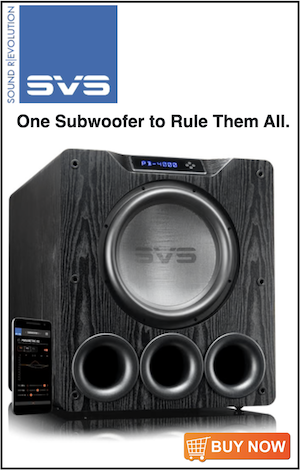Eric SVL
Member
Thread Starter
- Joined
- May 1, 2017
- Messages
- 173
More
- Preamp, Processor or Receiver
- Denon AVR-X4500H
- Main Amp
- Hypex NCore NC252MP
- Computer Audio
- iLoud MTM
- DAC
- Micca OriGen G2
- Universal / Blu-ray / CD Player
- Sony PS3, PS4
- Front Speakers
- Buchardt S400
- Surround Speakers
- Polk LSiM 702
- Front Height Speakers
- Focal Chorus OD 706 V
- Rear Height Speakers
- Focal Chorus OD 706 V
- Subwoofers
- Rythmik
- Other Speakers or Equipment
- ELAC Debut Reference DFR52
- Screen
- Samsung PN64H5000
- Streaming Equipment
- Google Chromecast
- Streaming Subscriptions
- GIK Tri-Traps
I have been curious about omnidirectional speakers for a while now, but have not personally heard any. I wanted to make a thread to discuss some of the designs that have caught my attention and to see if anyone has experienced them.
Ohm Walsh

Linkwitz Lab LXmini


Linkwitz LX521

DECWARE model ERRx

DECWARE model HR-1

GR Research O-3

Duevel Speakers

MBL Speakers

There is also Parallel Audio but I'm unsure if any speakers were ever released.
Note that some of these speakers are more of a hybrid rather than purely omni, as the tweeters are directional, which gives more focused imaging. They are also less picky about placement than pure omni speakers.
I have done some reading, but no listening. What do these kinds of speakers tend to do well? What do they not do well?
Ohm Walsh
Linkwitz Lab LXmini
Linkwitz LX521
DECWARE model ERRx
DECWARE model HR-1
GR Research O-3
Duevel Speakers
MBL Speakers
There is also Parallel Audio but I'm unsure if any speakers were ever released.
Note that some of these speakers are more of a hybrid rather than purely omni, as the tweeters are directional, which gives more focused imaging. They are also less picky about placement than pure omni speakers.
I have done some reading, but no listening. What do these kinds of speakers tend to do well? What do they not do well?
Last edited:








